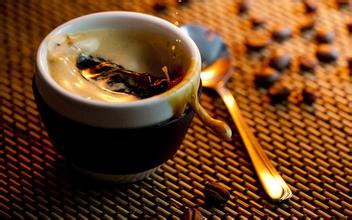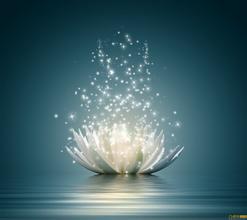Why only coffee in Asia uses semi-water washing-honey treatment of coffee beans and sun washing
Why only coffee in Asia uses semi-water washing-honey treatment of coffee beans and sun washing
Coffee is either left on the terrace to dry naturally, or it is dried by machine, or both. The treatment is to spread the coffee cherries widely on the exposure field for two weeks and sweep them with a rake several times a day so that the coffee beans can be dried more evenly. When dried, the coffee beans are separated from the skin, and the dried pulp and peel are removed by a sheller, then screened and divided into different grades. Both washing and drying can produce the best quality coffee. Generally speaking, water-washed coffee has distinct acidity and consistent flavor, while dry coffee has lower acidity and more changeable flavor. Colombia, Kenya, Costa Rica, Guatemala, Mexico, and Hawaii all use water washing methods. Most of the coffee produced in countries including Brazil, Ethiopia and Indonesia is dried. The selection and grading of coffee depends on the particle size and concentration of beans, as well as how many defective beans are in a pound of beans. Like the best wine, the careful handling and selection of professional coffee in the production process can be seen in the quality of the beans, because the product will have a unique representation, which represents the origin, climate and growers.
Washed coffee is highly appraised by Europe and the United States and other places, mostly because its impurities and defective beans are less, the appearance of beans is more competitive, we are misled that "washing is delicious", but the appearance is not equal to the inside! Washed coffee and non-washed coffee have their own advantages and disadvantages.
Some laymen will think that the mocha Matali coffee beans in Yemen look small and have a high percentage of defective beans, more than 40% of which are impurities and defective beans, but they do not know that the acidity of his unique wine can not be replaced by other coffee. Therefore, it can be concluded that there is no absolute relationship between the quality of coffee beans and the refining method.
It is a relatively new and rare method. This method is also suitable for processing local coffee only in specific areas of some countries where there is a long drying period in the climate. The coffee produced by this method is sticky, and the mucus is not removed with fermentation in the tank. Therefore, the coffee produced by this semi-wet treatment contains the characteristics of both wet treatment and drying treatment. The acidity, sweetness, seasoning, and flavor of such coffee are quite good; the only drawback is that the taste of such coffee is not as strong as that produced by pure drying or washing.
Bean selection: first put the coffee fruit into the big water tank, move the red fruit and semi-green and semi-red fruit into the pulp sieving machine to remove the pulp and impurities.
Remove pectin: take out the coffee beans, do not need to take the sun, let alone pour into the sink to ferment, but directly into the next pectin scraper, only a small amount of water can scrape away the sticky pectin chips mechanically.

Important Notice :
前街咖啡 FrontStreet Coffee has moved to new addredd:
FrontStreet Coffee Address: 315,Donghua East Road,GuangZhou
Tel:020 38364473
- Prev

Caffeine content of Liberian Coffee Bean
The content of caffeine in Liberian coffee beans is 1. 5%. Summary: coffee is a perennial evergreen shrub or small tree of Rubiaceae. Native to tropical Africa, it has been cultivated for more than 2000 years. Arabs began to grow coffee in 525 BC, and coffee beans were popular among Arabs. They were planted on a large scale after the 15th century, and were widely distributed after the 18th century.
- Next

Influencing factors of planting in three Coffee Bean producing areas-Sumatra Coffee Bean producing area
Factors affecting the cultivation of coffee beans in the three major coffee producing areas-Sumatra coffee producing areas are the hometown of Arabica coffee. They grow at high latitudes and need a lot of manual care. There is the famous Esopiamoka, which is sour, fragrant and rich in yield, similar to wine. The national treasure of Jamaica, Blue Mountain Coffee is perfect in all respects.
Related
- Guji coffee producing area of Guji, Ethiopia: Humbela, Shakiso, Wulaga
- What is the most expensive variety of Qiloso in BOP multi-variety group?
- How to store the coffee beans bought home?
- Why are Yemeni coffee beans so rare now?
- Ethiopian Sidamo all Red Fruit Sun Sun Santa Vini Coffee beans
- SOE is mostly sour? What does it mean? Is it a single bean? what's the difference between it and Italian blending?
- Is Italian coffee beans suitable for making hand-brewed coffee?
- How to choose coffee beans when making cold coffee? What kind of coffee beans are suitable for making cold coffee?
- Just entered the pit to make coffee, what kind of coffee beans should be chosen?
- Can only Japan buy real Blue Mountain Coffee? What are authentic Jamaican Blue Mountain coffee beans?

